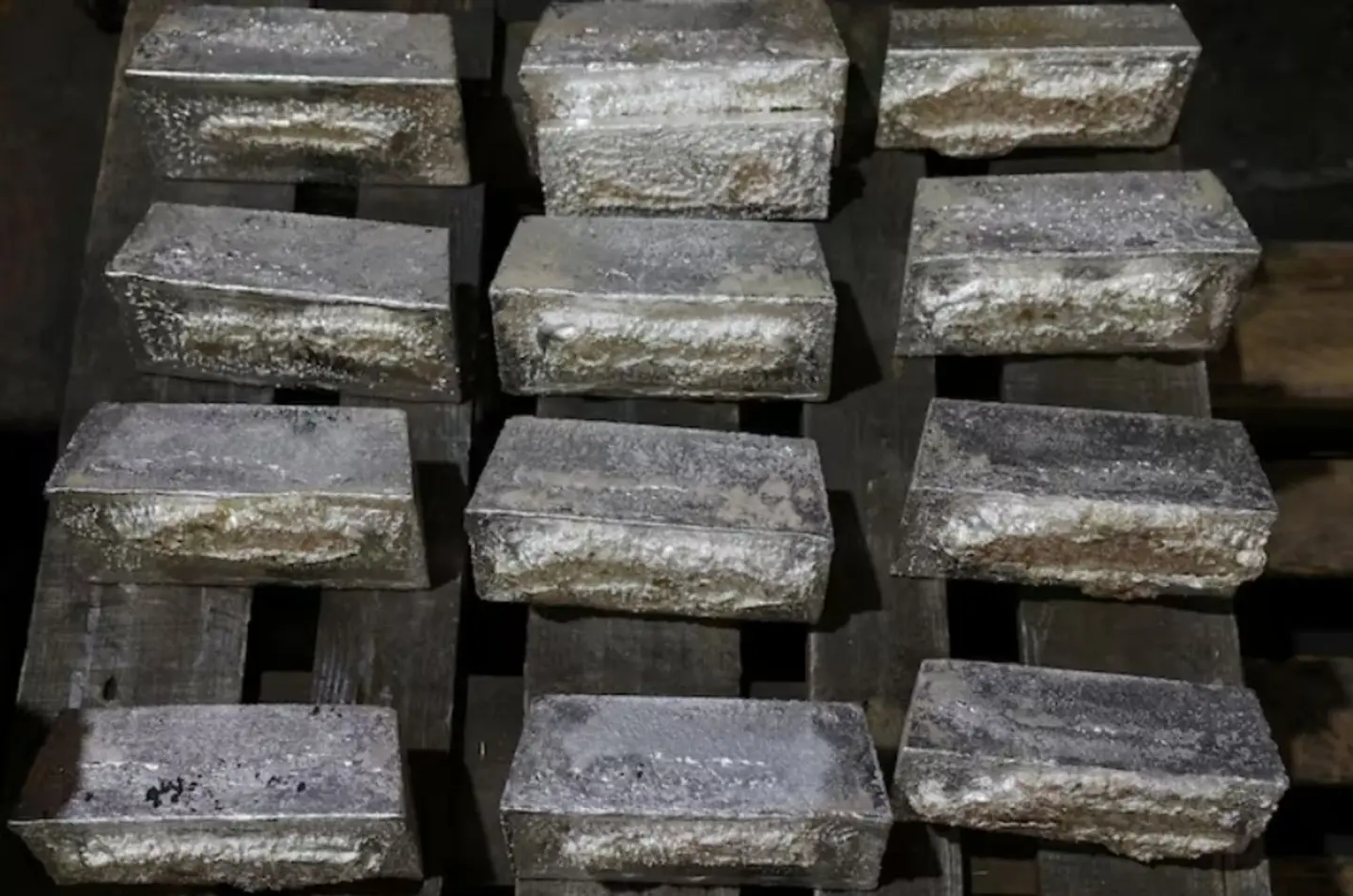Historical Account
Masada, an ancient fortress in present-day Israel, was the site of a dramatic siege during the First Jewish-Roman War (66–73 CE). According to the historian Josephus, a group of Jewish rebels known as the Sicarii took refuge in Masada after the fall of Jerusalem in 70 CE. In 73 CE, Roman forces led by Lucius Flavius Silva besieged the fortress, constructing a massive ramp to breach its defenses. Facing inevitable defeat, the rebels reportedly chose mass suicide over surrender.
Archaeological Evidence
Excavations at Masada, led by Yigael Yadin in the 1960s, uncovered remnants of the siege, including Roman camps, a siege ramp, and storehouses. The discovery of Jewish artifacts, including scrolls, weapons, and food remains, supports Josephus' account. Additionally, evidence of mass suicide remains debated among scholars, as excavations have found skeletal remains but not in numbers expected from the historical narrative.
Symbolic Significance
Masada has become a powerful symbol in Jewish history, representing resistance, sacrifice, and the struggle for freedom. It serves as a national heritage site in Israel and a place of commemoration for military and cultural ceremonies. The story of Masada continues to inspire discussions about resilience and identity in Jewish tradition.
Legacy and Interpretation
While the historical accuracy of Josephus' account is debated, the archaeological findings confirm Masada's significance as a site of conflict and resilience. It remains one of the most visited and studied ancient sites, offering valuable insights into Roman siege warfare and Jewish resistance during antiquity.







